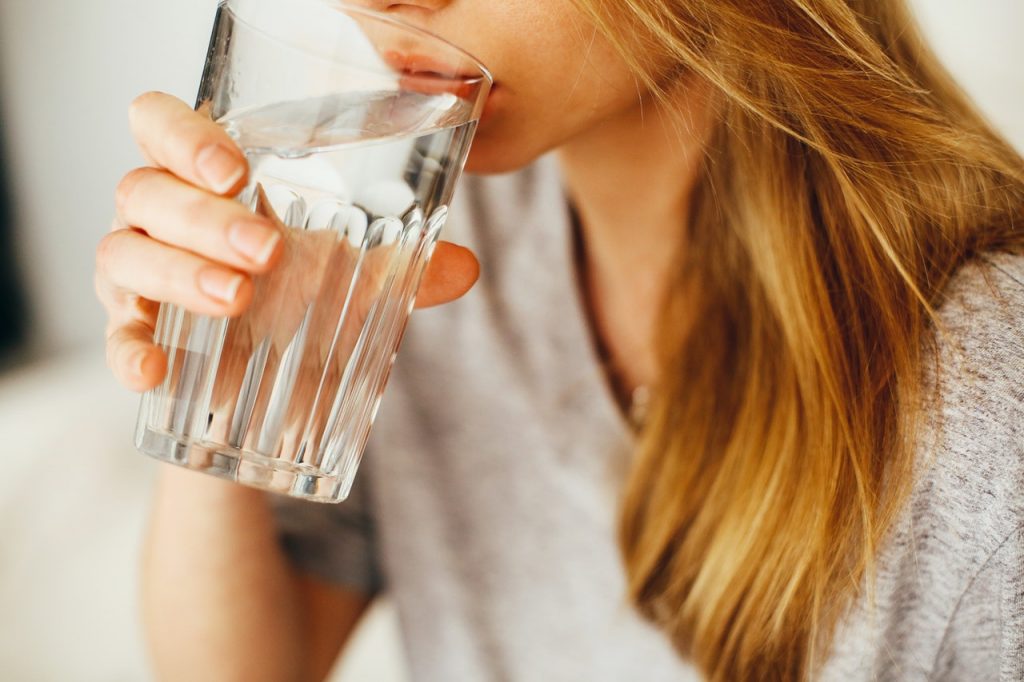If there is a place any person would loathe to be, it’s a home without water. In fact, if we had to choose between living in a home without water and one without power supply, we would most likely choose the latter. You can charge devices or light a home by substituting electrical power with solar power, wind power or petroleum. Water has no substitutes! You cannot quench a water-craving thirst with soda or other juices. And hey, who would fill their bathtub with Coke and sit in it?
Whether you live in a home with consistent tab-running water or have to bring in water from an outside source, disasters make part of human living and may at some point disrupt your water supply. Think of the unpredicted floods, earthquakes, and hurricanes which disrupt or contaminate water sources and supply systems. Their disastrous effects serve to suggest that storing water for home use is as crucial as water is.
Question is, how can we store water effectively in our homes?
Here are three of the common water storage vessels in today’s home. Consult engineering companies in Australia if you need further assistance.
Food Grade Plastic Tanks and Barrels
We are accustomed to the idea that eating or drinking from plastic is unhealthy, especially if the edible is contained in the plastic for a long while. Plastic can however be processed to be relatively safe. Food grade plastics are made of virgin plastic and processed to ensure that they do not leach chemicals into the food. Food grade plastic tanks are High-Density Polyethylene (HDPE). They have excellent chemical resistant properties and can withstand high temperatures without emitting toxins. These qualities make them suitable in keeping the purity levels of the water they hold.

The WaterBOB
The WaterBOB is an emergency drinking water storage bag that is made from food grade plastic. It is probably the newest and most innovative way of storing water in the home, invented by Tony Woodruff in Wausau, USA. If the danger of water shortage is sensed, the WaterBOB is laid in the bathtub and filled with water through a fill-sock. A siphon pump is used to draw water from the bag. Its key advantage is that it can hold up to 100 gallons of potable water.
Water Cisterns
Cisterns are water reservoirs built with concrete, steel, fibreglass or cinder block. They may be located a few meters from the home, on top of the roof, in an attic, or underground. Cisterns are usually a system that is made of a water collection point from rain or other sources, the cistern that serves as the collection point, and a system of tubes that deliver water into the home. Given that the construction material may be susceptible to rust and cracks, water from cisterns should be treated before consumption.
Storing water is a wise practice in any home. No one knows when emergencies or disasters may come knocking at their door. Chose safe water storage vessels as a precaution to ensure your family has water on hand when they need it most. Technology is growing so it won’t be any surprise there are more innovations involving technology and water storage at home being thought of as we speak.


